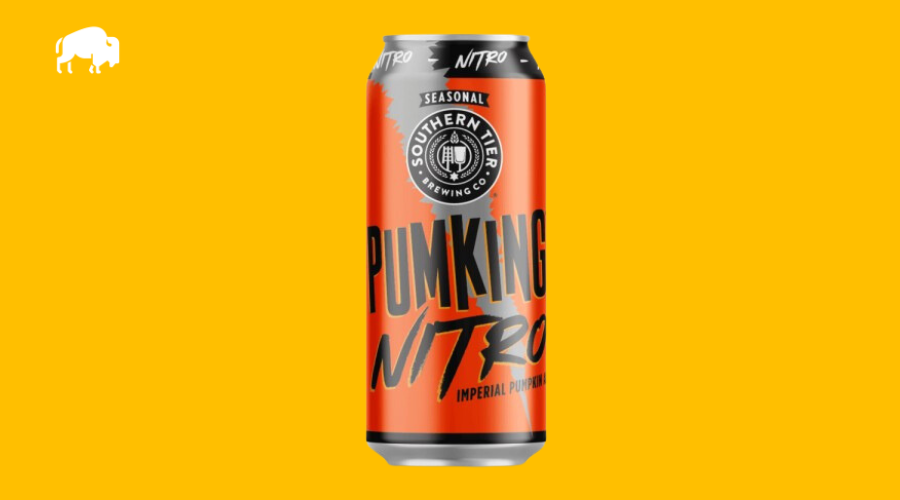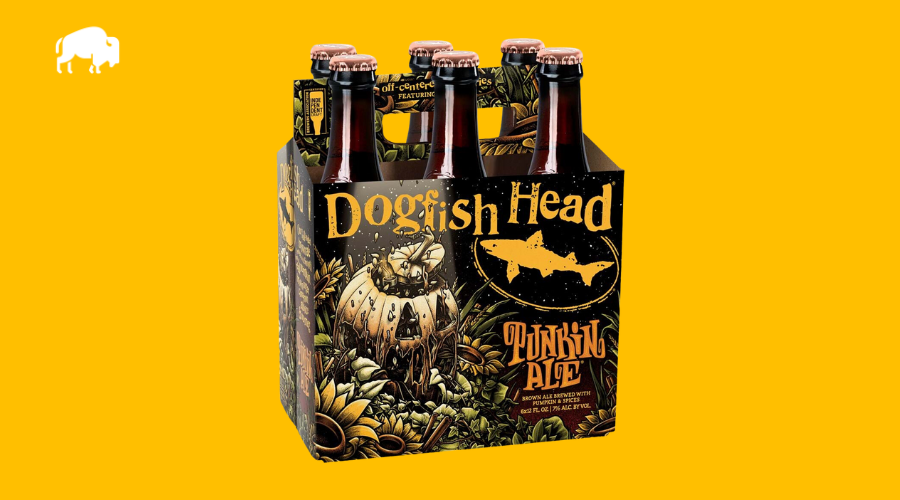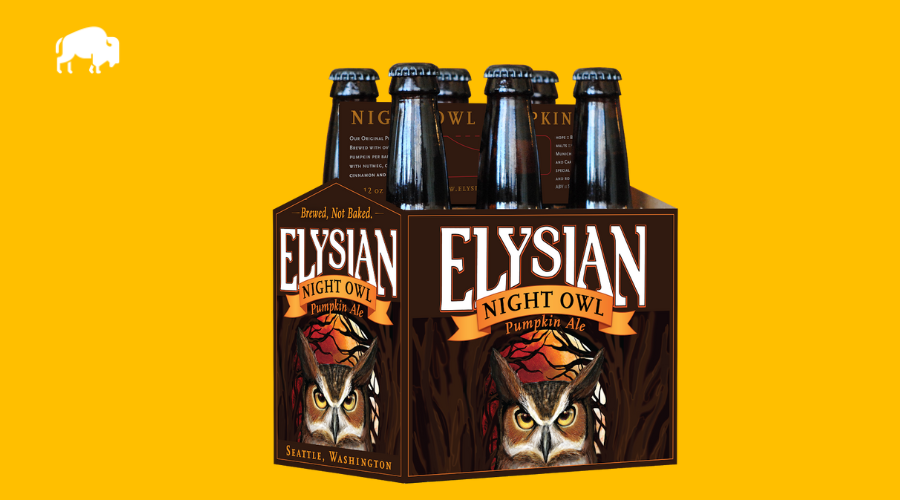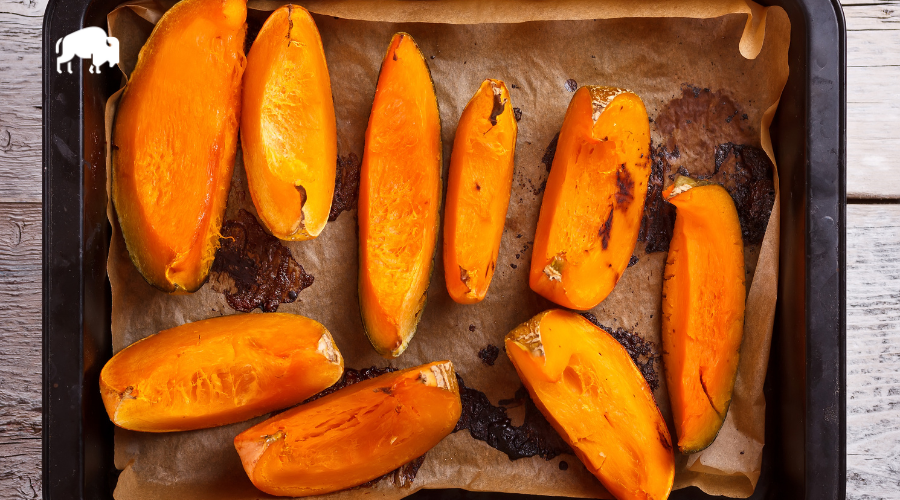Fellow beer lovers, it’s time to roll up your sleeves, grab your pumpkins, and channel your inner mad scientist as we embark on an epic quest to brew the perfect pumpkin beer at home! 🎃🍺
If you’re a fan of everything fall and dream of sipping on a brew that captures the essence of autumn in a glass, you’ve come to the right place.
Welcome to the Ultimate Guide to Brewing Pumpkin Beer at Home!
In this thrilling adventure, we’ll explore the magical world of pumpkin beers, uncover the secrets behind the best pumpkin ales in the biz, and provide you with the knowledge and tools to create your own pumpkin masterpiece. So, put on your brewing cap, fire up your kettle, and let’s get this pumpkin party started! 🍻
What Makes a Good Pumpkin Beer?
To kick off our journey into the world of pumpkin beers, let’s take a look at three of the best out there:
Southern Tier Pumking

Pumking is a highly acclaimed pumpkin beer known for its intense flavor, rich malt backbone, and warming spices. It has a deep copper color and a thick, creamy head that lingers throughout the drinking experience.
Pumking is brewed with real pumpkins and features prominent notes of cinnamon, nutmeg, and allspice, which blend harmoniously with the sweet, biscuity malt character. The beer pumpkin pie of a beer has a full-bodied mouthfeel, a moderate alcohol content of 8.6% ABV, and a subtle hop bitterness, which helps to balance the sweetness and spices.
Pumking’s impressive depth of flavor and aroma has made it a favorite among pumpkin beer enthusiasts.
Dogfish Head Punkin Ale

Punkin Ale is another top-rated pumpkin beer with a strong following. Brewed with real pumpkin, brown sugar, and a blend of spices, Punkin Ale offers a complex yet balanced flavor profile. It has a beautiful amber color and a rich, creamy head.
The aroma is a delightful mix of pumpkin, caramel, and spices, while the flavor showcases a perfect balance between pumpkin, malt sweetness, and spices like cinnamon and nutmeg.
Punkin Ale has a medium body, a smooth mouthfeel, and a moderate alcohol content of 7% ABV. The beer finishes with a hint of hop bitterness that balances the sweetness and
makes it an exceptionally drinkable pumpkin ale.
Elysian Night Owl

Night Owl Pumpkin Ale is a standout pumpkin beer with a devoted fan base. Brewed with over 7 pounds of pumpkin per barrel, a blend of pumpkin pie spices like ginger, cinnamon, nutmeg, cloves, and allspice, Night Owl offers an intense, hard-to-beat pumpkin flavor. The beer has a gorgeous orange-amber hue and a thick, off-white head.
The aroma is a delightful mix of pumpkin, spices, and a hint of caramel, while the flavor delivers a burst of pumpkin pie, complemented by a subtle malt sweetness. Night Owl has a medium body, a smooth mouthfeel, and a moderate alcohol content of 6.7% ABV.
The finish is clean, with just enough hop bitterness to balance the flavors and leave you wanting another sip.
Now that we’ve seen the best of the best, let’s dive into the characteristics of a good pumpkin beer.
The Look and Feel of a Pumpkin Beer

A well-made pumpkin beer will have a beautiful deep amber-to-orange color that screams “fall.” The head should be creamy and long-lasting, contrasting the rich, dark liquid below.
The Flavor and Aroma of a Pumpkin Beer
The aroma of a pumpkin beer should transport you to a crisp autumn day, with hints of pumpkin, cinnamon, nutmeg, and allspice. The flavor should be a harmonious balance of pumpkin, malt sweetness, and warm spices, with a touch of hop bitterness to round it out. The mouthfeel should be smooth, with a medium to full body.
Crucial Ingredients for a Pumpkin Beer Recipe
To create your own perfect pumpkin beer, you’ll need to pay attention to these essential ingredients:
Pumpkin Beer Base Malts
Your base malts will provide the backbone of your beer. Some popular options include:
Pale 2-row malt
Maris Otter malt
Vienna malt
Pumpkin Beer Specialty Malts
These malts will add character and depth to your pumpkin brews:
Caramel malt
Biscuit malt
Chocolate malt
Pumpkin Beer Adjuncts and Pumpkin Pie Spices
The star of the show, of course, is a actual pumpkin. You can use fresh pumpkins, canned pumpkin, or even raw pumpkin puree. Make sure it’s 100% pumpkin with no added spices or sweeteners.
Other adjuncts to consider:
Cinnamon stick
Brown sugar
Nutmeg
Allspice
Cloves
Ginger
Maple syrup
Pumpkin Beer Yeast Strains
The right yeast strain will accentuate the flavors and aromas of your beer or at least not compete with them. Some popular options include:
Wyeast 1056 American Ale
White Labs WLP001 California Ale
Developing a Pumpkin Beer Recipe From Scratch
Once you’ve sorted your ingredients, it’s time to create your unique recipe. Here’s what to consider:
Fermentables
| Name | Percentage of Total Grain Bill |
|---|---|
| Base Malt (e.g., Pale 2-row) | 70-80% |
| Specialty Malt (e.g., Caramel) | 5-15% |
| Pumpkin | 5-15% |
Hops
| Name | Usage | Timing | Process |
|---|---|---|---|
| Bittering Hop (e.g., Magnum) | 1 oz | 60 min | Boil |
| Aroma Hop (e.g., Fuggle) | 0.5 oz | 5 min | Boil |
Yeast
| Name | Attenuation |
|---|---|
| Wyeast 1056 American Ale | 73-77% |
| Alternative: White Labs WLP001 California Ale | 73-80% |
Water
Your brewing water plays a crucial role in your beer’s overall quality and flavor profile. The minerals in your water can affect the pH levels, enzyme activity during the mashing process, and the overall taste of your beer. It’s essential to use water with a balanced profile that complements the flavors of the pumpkin and spices.
Here are some key aspects to consider when working with brewing water for your pumpkin beer:
Water Source: The water you use for brewing should be clean, odorless, and free of impurities. Tap water can be used if it’s of good quality, but you may also use filtered or bottled water if you’re unsure of your tap water’s quality.
Water Profile: A good water profile for should have a balanced mineral content that complements the flavors of the pumpkin and spices while promoting a smooth mouthfeel and optimal mash pH. Here is our suggested water profile for pumpkin beer:
Calcium (Ca): 50-75 ppm (parts per million) – Calcium is essential for yeast health, enzyme activity during mashing, and beer clarity. It can also help to enhance the malt character and create a more stable mash pH.
Magnesium (Mg): 10-30 ppm – Magnesium plays a role in yeast metabolism and can contribute to a slightly bitter taste in the beer. Keep the levels moderate to avoid excessive bitterness.
Sodium (Na): 0-50 ppm – Sodium can enhance the sweetness and mouthfeel of the beer, but higher levels can result in a salty or metallic taste. Keep sodium levels low to moderate.
Sulfate (SO4): 50-150 ppm – Sulfate can accentuate hop bitterness and provide a crisp, dry finish. You want to keep sulfate levels moderate in pumpkin beers to avoid overpowering the pumpkin and spice flavors.
Chloride (Cl): 50-100 ppm – Chloride can help enhance the malt character and provide a fuller, rounder mouthfeel. Moderate chloride levels are ideal to complement the maltiness and pumpkin flavors.
Bicarbonate (HCO3): 0-150 ppm – Bicarbonate can help buffer the mash pH, but higher levels can result in a chalky taste. Keep the bicarbonate levels low to moderate to maintain a balanced flavor profile.
Aiming for a water profile with these mineral levels will help create a balanced and flavorful beer. Remember to test your water source and make adjustments using brewing salts or acid additions, as needed, to achieve the desired water profile.
Water Adjustments: If your water profile doesn’t match the desired profile above, you can adjust using brewing salts such as calcium chloride, gypsum (calcium sulfate), or Epsom salt (magnesium sulfate). These salts can help you achieve the right balance of minerals, which will improve your beer’s flavor and mouthfeel. Consult a water chemistry guide or brewing software to determine the appropriate amounts of brewing salts to add.
Mash pH: The pH of your mash can impact the efficiency of starch conversion and extraction of flavors from your grains and pumpkin. A mash pH of around 5.2-5.6 is ideal for pumpkin beer. You can adjust your mash pH using acidulated malt, lactic acid, or phosphoric acid if needed.
By paying attention to your brewing water’s quality and mineral content, you can improve your beer’s taste and overall quality. Remember, water may seem minor, but it can make a difference in the final product.
How To Brew Pumpkin Beer: Step-by-Step Process

Pumpkin Preparation: If using fresh pumpkin, clean, peel, and cube it before roasting it at around 350°F for 30-45 minutes. This will help caramelize the sugars and enhance the pumpkin flavor. If using canned pumpkin or pumpkin puree, check the ingredients for added spices or sweeteners, as you’ll want to control those flavors yourself.
Mashing Process: Mash your grains and pumpkin at around 152°F for 60 minutes. This will convert the starches into fermentable sugars and help extract the flavors from the pumpkin and specialty malts.
Boiling Process: Boil your wort for 60 minutes, adding your bittering hops at the beginning of the boil, and your aroma hops near the end. You can also add your spices during the last 5-10 minutes of the boil to ensure their flavors are well incorporated.
Spice Selection and Usage: Feel free to experiment with different spices and spice combinations to create a unique flavor profile for your pumpkin beer. Remember, a little goes a long way when it comes to spices, so start with small amounts and adjust as needed. You can also make a spice “tea” by steeping the spices in hot water, then adding the liquid to your beer during secondary fermentation for better control over the flavor.
Fermentation Process: Cool your wort to the appropriate temperature (usually around 68°F) and pitch your yeast. Allow fermentation to occur for about two weeks or until it reaches the desired final gravity.
Gravity Readings: Take gravity readings before and after fermentation to calculate your beer’s alcohol content accurately. This will also help you determine if fermentation has been completed and if packaging your beer is safe.
Temperature Control: Pay close attention to fermentation temperature, as this can significantly impact the flavor profile of your beer. Yeast strains typically have an optimal temperature range, so aim to maintain a consistent temperature within that range for the best results.
Packaging and Conditioning: Once fermentation is complete, it’s time to package your beer. You can either bottle or keg your beer, depending on your preference. Pumpkin beers often benefit from some aging and conditioning time, which allows the flavors to meld and mellow. While a week of conditioning is a good starting point, consider letting your beer age for a few weeks or months to achieve the desired flavor balance.
Kegging Process: If you keg your beer, transfer it to a sanitized keg and carbonate it to your desired level. Allow it to condition for a week to let the flavors meld together.
Recipe Scaling: If you’re new to homebrewing or want to experiment with different pumpkin beer recipes, consider starting with smaller, 1-gallon batches. This will allow you to test various ingredient combinations without committing to a larger, 5-gallon batch.
Sanitation: As with any homebrewing process, proper sanitation is crucial to prevent contamination and off-flavors. Make sure to thoroughly clean and sanitize all your equipment before and after each use.
Best Resources for Homebrewing Pumpkin Beers
To further hone your brewing skills, check out these fantastic resources:
The American Homebrewers Association website: Offers tips, tricks, and recipes for brewing pumpkin beer from experts and professionals. Visit BisonBrew.com for more information.
Craft Beer & Brewing magazine: Shares a perfect pumpkin ale recipe and a detailed explanation of preparing and using pumpkin in brewing. Visit their website at CraftBeer.com.
Reddit homebrewing community: Contains various posts and discussions about brewing pumpkin beer with different methods, beer styles, and ingredients. Join the conversation at reddit.com/r/Homebrewing.
The Complete Joy of Homebrewing by Charlie Papazian: This classic homebrewing book includes a variety of recipes, including some for pumpkin beers and other seasonal favorites.
Brewing Classic Styles: 80 Winning Recipes Anyone Can Brew by Jamil Zainasheff and John J. Palmer: A comprehensive guide to brewing this beer style.
Homebrew Beyond the Basics: All-Grain Brewing & Other Next Steps by Mike Karnowski: Focuses on advanced homebrewing techniques and features a section on brewing pumpkin beers and other spiced ales.
Radical Brewing: Recipes, Tales & World-Altering Meditations in a Glass by Randy Mosher: Packed with creative and unique beer recipes, including pumpkin beers and other seasonal brews.
These books can be found at your local bookstore, online retailers, or the American Homebrewers Association’s online store. While they may not focus exclusively on pumpkin beer, they will provide valuable insights and recipes to help you create a delicious one at home.

